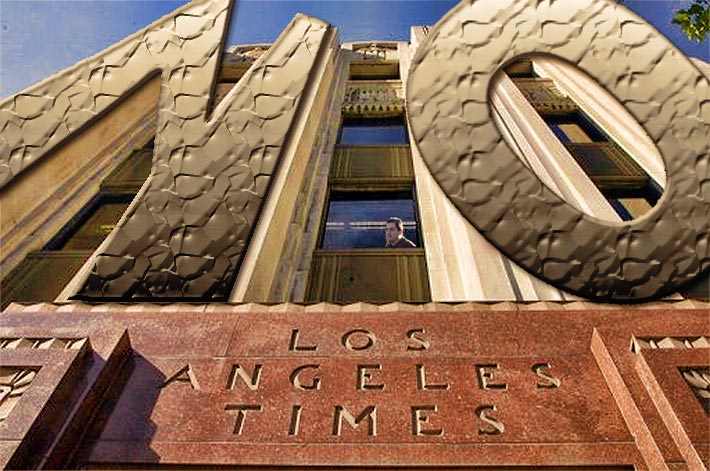
On Monday, California Democratic State Senator Bill Hueso tweaked his proposed bill to prohibit a city or county from adopting or enforcing any regulation on the placement or operation of a communications facility in the rights-of-way by a provider that is authorized by state law.
His amended SB649 bill removed requiring an escrow deposit or performance bond for removal of equipment and pole if required. It also removed the requirement that all wireless telecommunications facilities “be limited to sites owned by particular parties within the jurisdiction of the city or county.”
Today, the Los Angeles Times’ editorial board pummeled Hueso’s bill, stating that local government officials are “crying foul, calling it an audacious power grab and the equivalent of a gift of public funds to billion-dollar telecommunications companies that don’t need the help.”
The editorial said that carriers could come up with more aesthetic solutions.
“Their goals are making profits and serving customers, not making a city look nice.”
They also questioned why cities and counties shouldn’t have the opportunity “to try to leverage their assets to get a good deal for residents as part of the process, or take the time to get the public’s input on what could be a significant change to the physical and virtual landscapes.”
Hueso’s bill sets a limit of an annual charge per pole not to exceed $250.
It also sets a size limitation that any individual piece of equipment on a pole cannot exceed, nine cubic feet.
The editorial board says that’s not the pizza box-sized antenna that is being touted, but is equal in size to a “small refrigerator.”
During a recent presentation at the White House to President Trump, Sprint CEO Marcelo Claure likened the antenna’s size to a “shoebox”.
The California bill allows for associated equipment on a pole to be up to 21 cubic feet – over 40 size 12 shoeboxes.
The cumulative total of ground mounted equipment along with equipment on the pole cannot exceed 35 cubic feet.

















